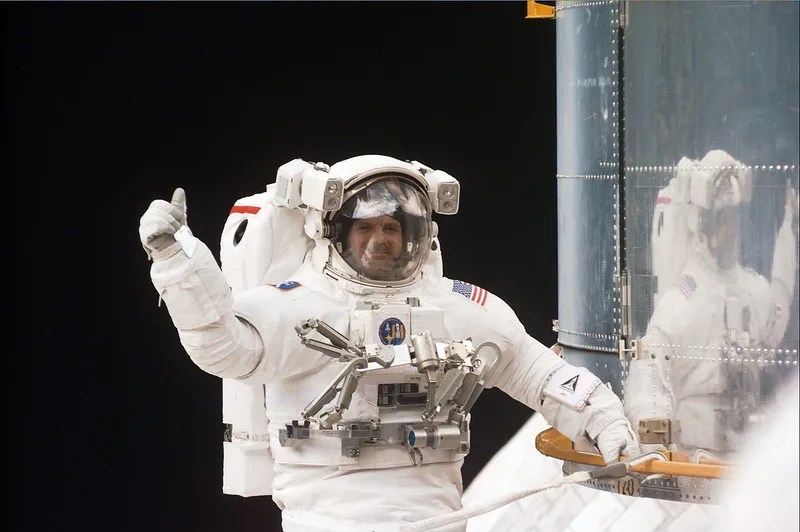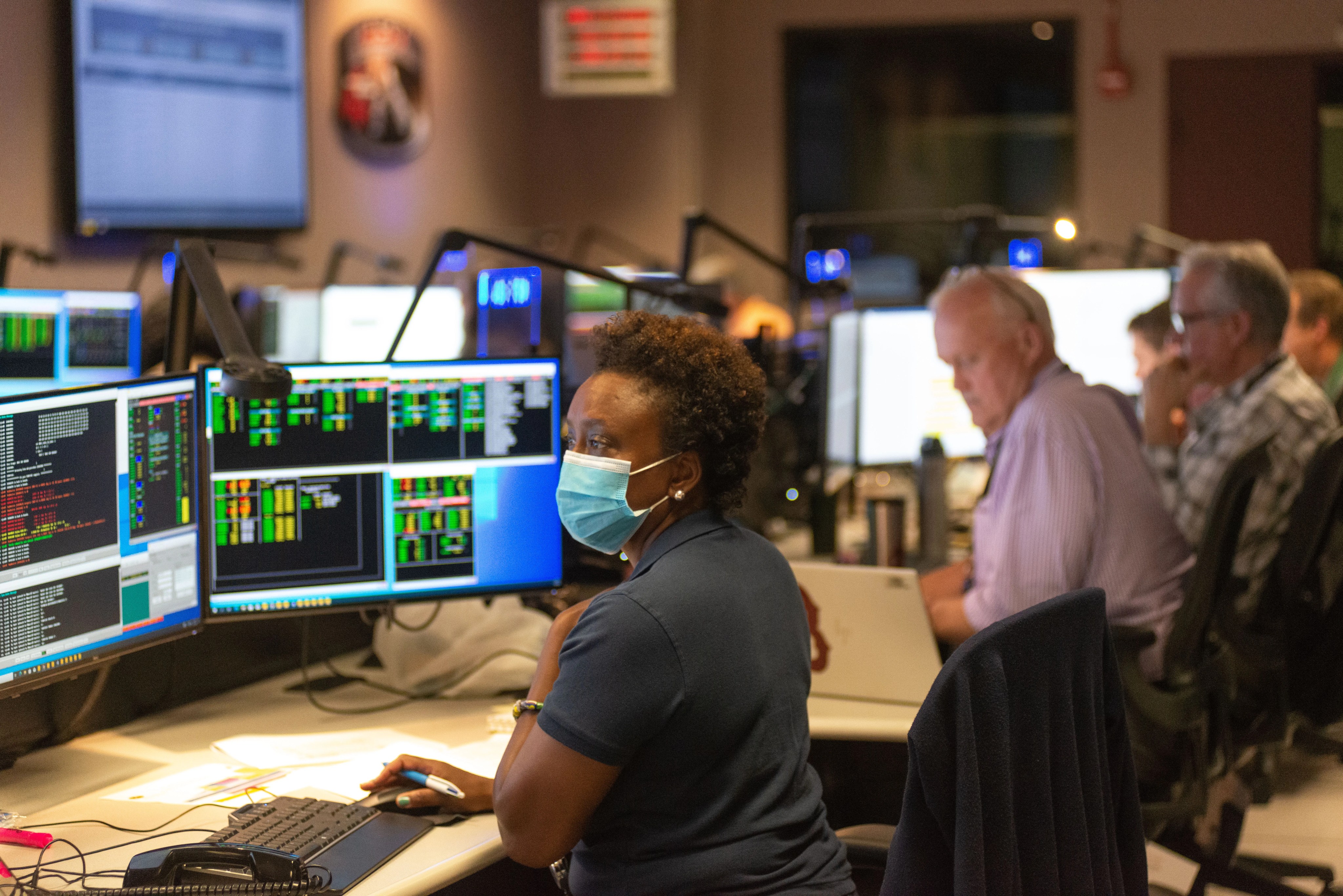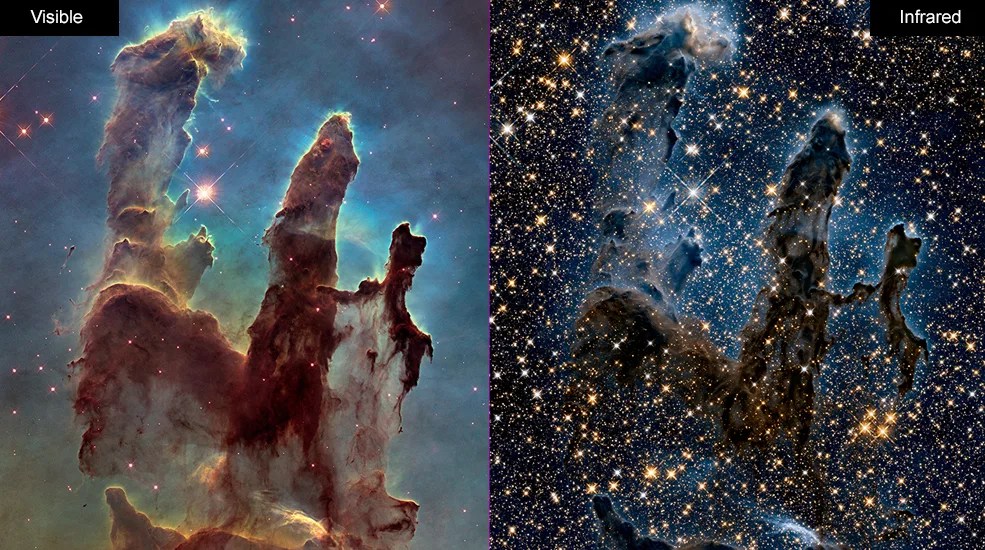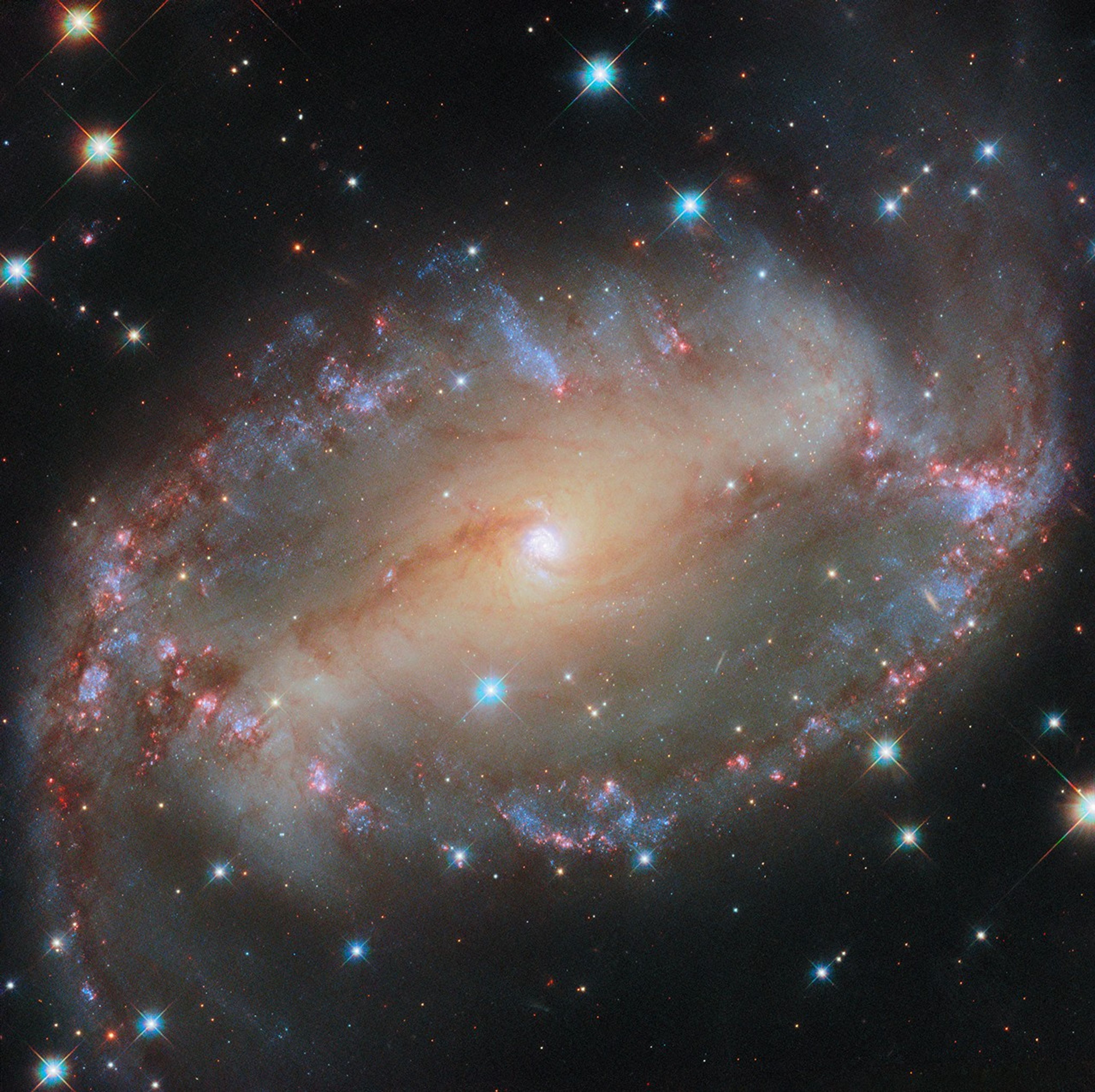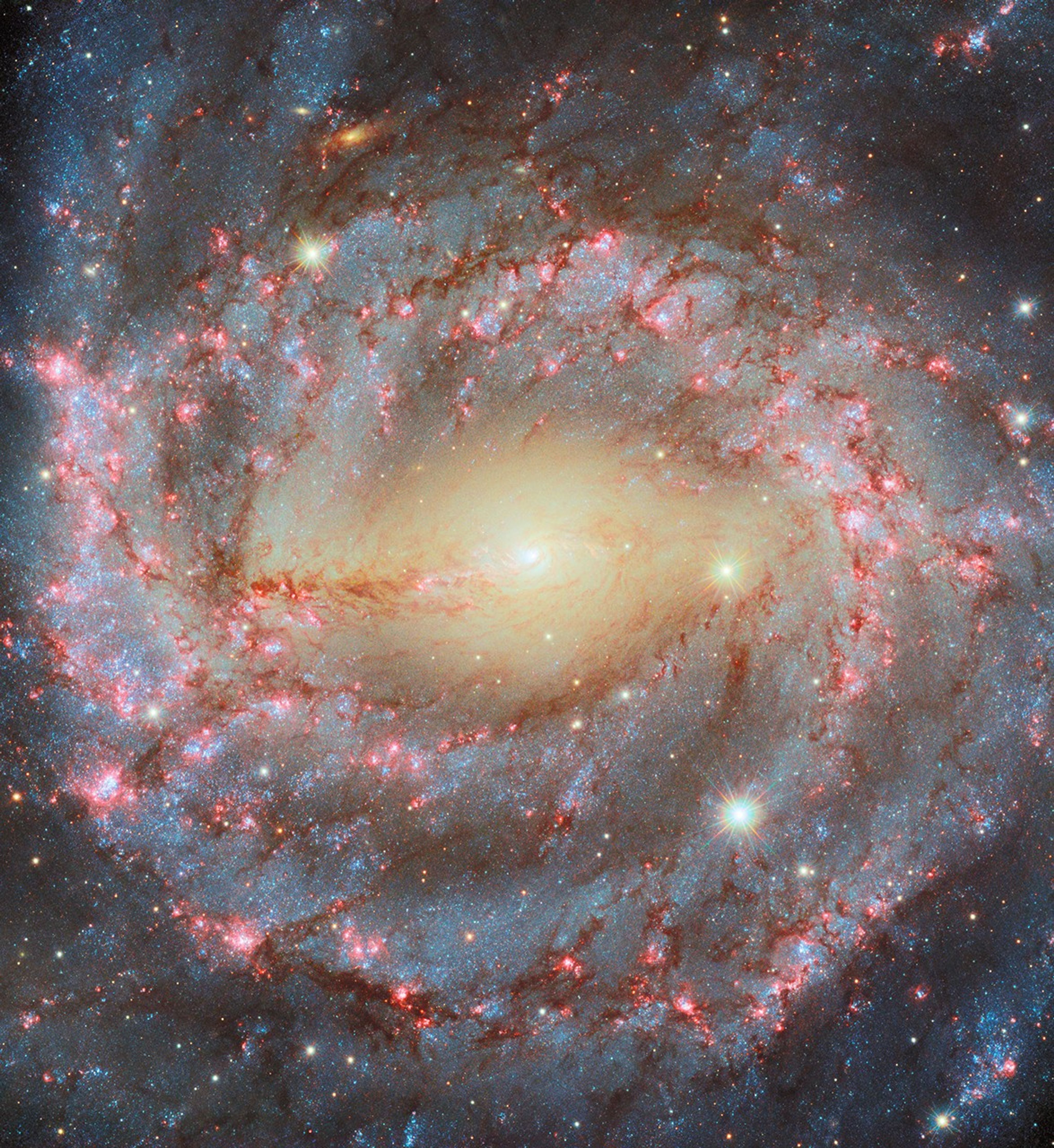After Hubble's launch in 1990, the world discovered that the much-anticipated telescope's mirror had a tiny flaw in the way it had been shaped – less than the width of a human hair, but enough to ensure that its images would be blurry.
The revelation turned Hubble into a national laughingstock. Though even blurry Hubble images improved on ground-based images at the time, they didn’t provide the spectacular view of the universe that had been promised. Comics made fun of Hubble on late night TV and cartoonists mocked it in print. In the 1991 film “Naked Gun 2/ ½,” a wall decorated with pictures of famous disasters included Hubble along with the Titanic and the 1906 San Francisco earthquake.
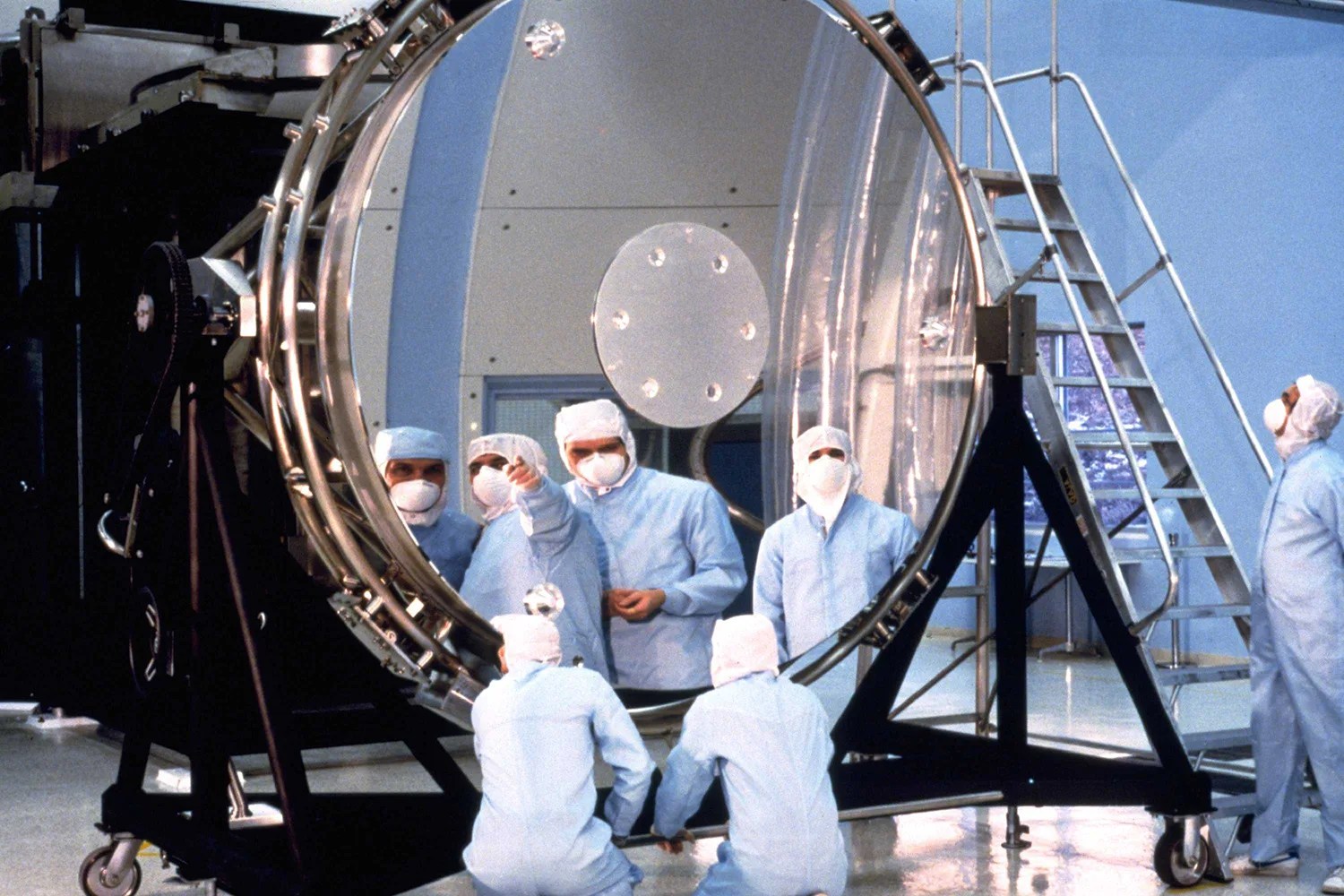
Dec. 2, 1993: The space shuttle Endeavour blasts off on a historic mission to repair the crippled Hubble Orbiting Space Punch Line.

Dave Barry
Humor columnist
But the installation of corrective optics during Hubble’s dramatic first servicing mission in 1993 turned the telescope into an astronomical powerhouse, delivering the kind of images that had initially been anticipated and transforming Hubble from sad joke to scrappy Telescope That Could. The Hubble story transformed from that of a scientific mishap to an inspiring triumph of innovation and willpower in the face of adversity.
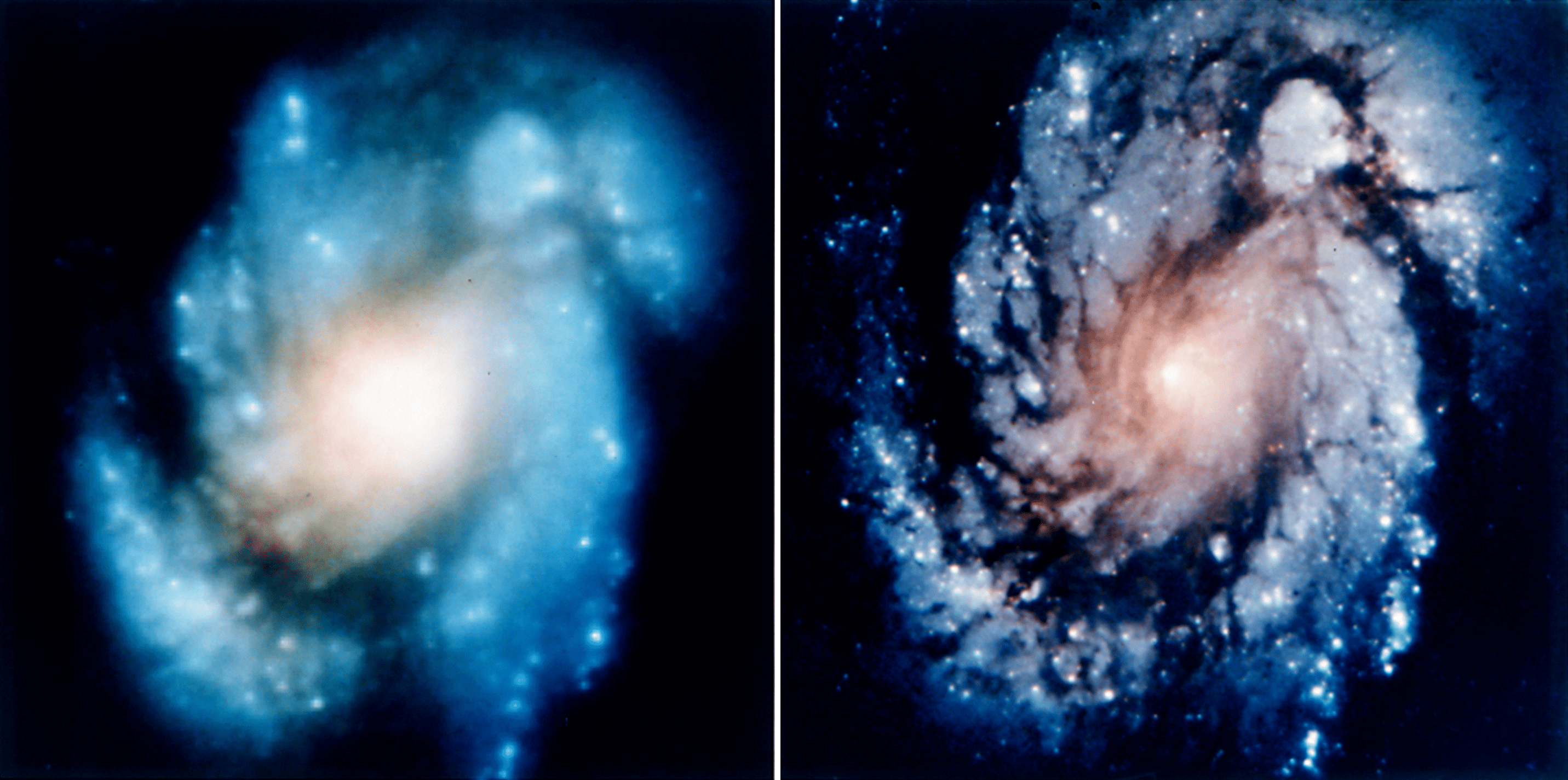
What Happened With the Mirror Flaw?
How do you fix a telescope in space? You give it glasses.
Learn More
Nobel Prize
In the late 90s, our fundamental understanding of how the universe works changed forever. For many years, astronomers seeking to pin down the expansion rate of the universe had expected to find a cosmos that was slowing down. What they discovered, using Hubble to study the light from distant supernovae, came as a shock. The universe’s expansion was speeding up, driven by a force that has yet to be explained, a force that would come to be called “dark energy.” The three astronomers who discovered dark energy, including Hubble astronomer Adam Riess, were awarded the 2011 Nobel Prize in Physics.
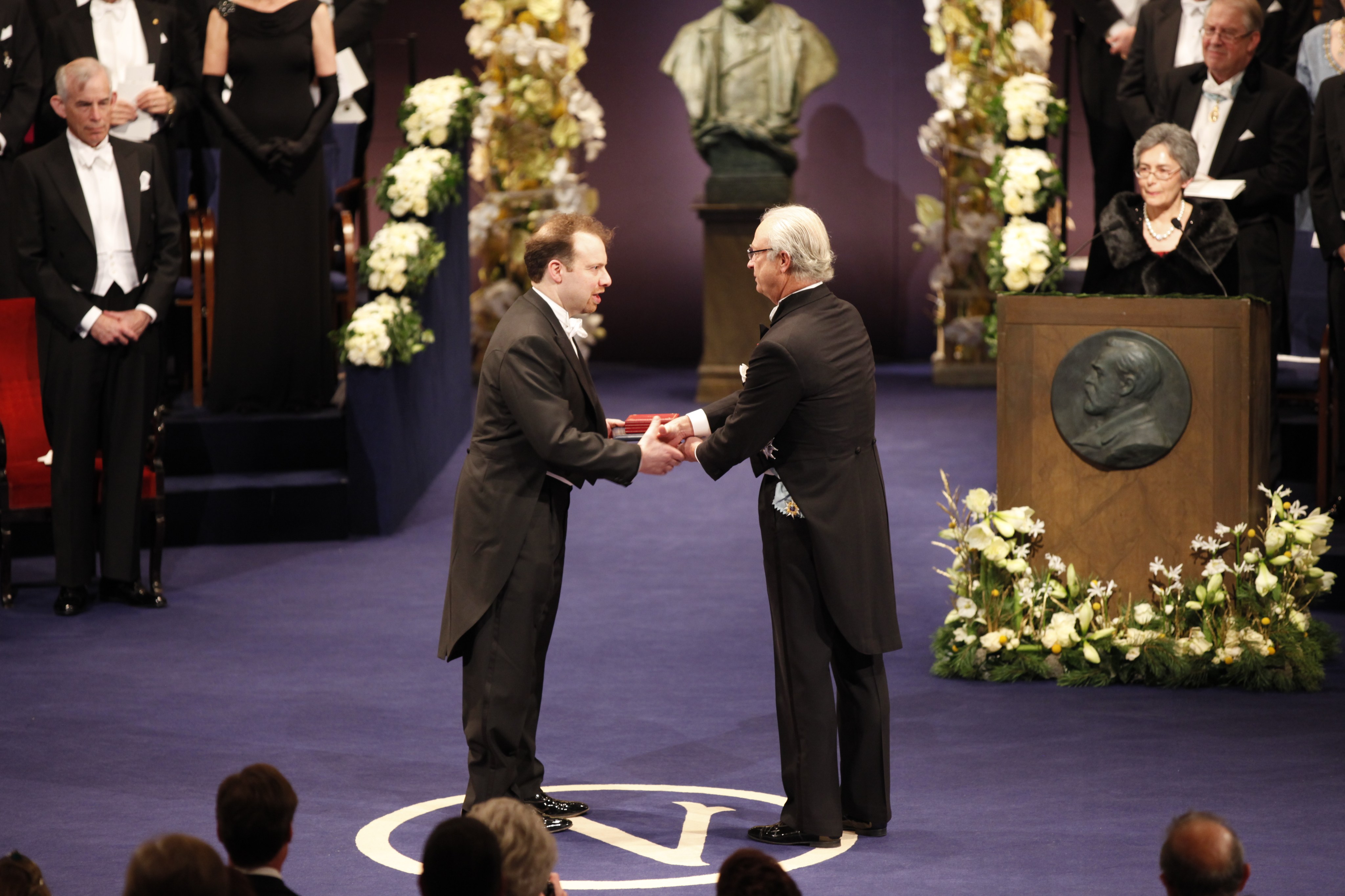
The People's Telescope
With successive servicing missions, the installation of new instruments and the highly anticipated release of new, improved images to the public kept the telescope’s loser-to-champion origin story in public memory. Senator Barbara Mikulski, who originally criticized the telescope as a “techno-turkey” but would become one of its fiercest defenders, eventually coined the moniker, “The People’s Telescope” in response to Hubble’s vast public engagement and support.
After the tragic loss of the space shuttle Columbia in 2002, NASA Administrator Sean O'Keefe canceled the final servicing mission to Hubble out of safety concerns. Never had the public affection for Hubble been clearer than in the groundswell of support following the 2004 cancellation.
In a testimony to just how beloved Hubble and its ever-present window onto the universe had become, the response from the public in the US and worldwide was swift and overwhelming. People flooded the inboxes of NASA and political officials, asking for the mission to be reinstated and wondering whether there was a way to fundraise or contribute their own money. They began “Save Hubble” websites. They asked if advertising logos could be posted on Hubble images to raise money, or if the telescope could be somehow moved to the space station for repairs. Even small children wrote in to ask if they could collect money for Hubble. People who joined in the groundswell earned the nickname “Hubble Huggers.”
In 2006, new NASA Administrator Michael Griffin would reinstate Servicing Mission 4 with special safety precautions. Along with repairs and upgrades to keep the telescope running smoothly, the mission resulted in the repair of two existing instruments and the installation of two new instruments. A relieved public celebrated the release of new images from the improved telescope in 2009.
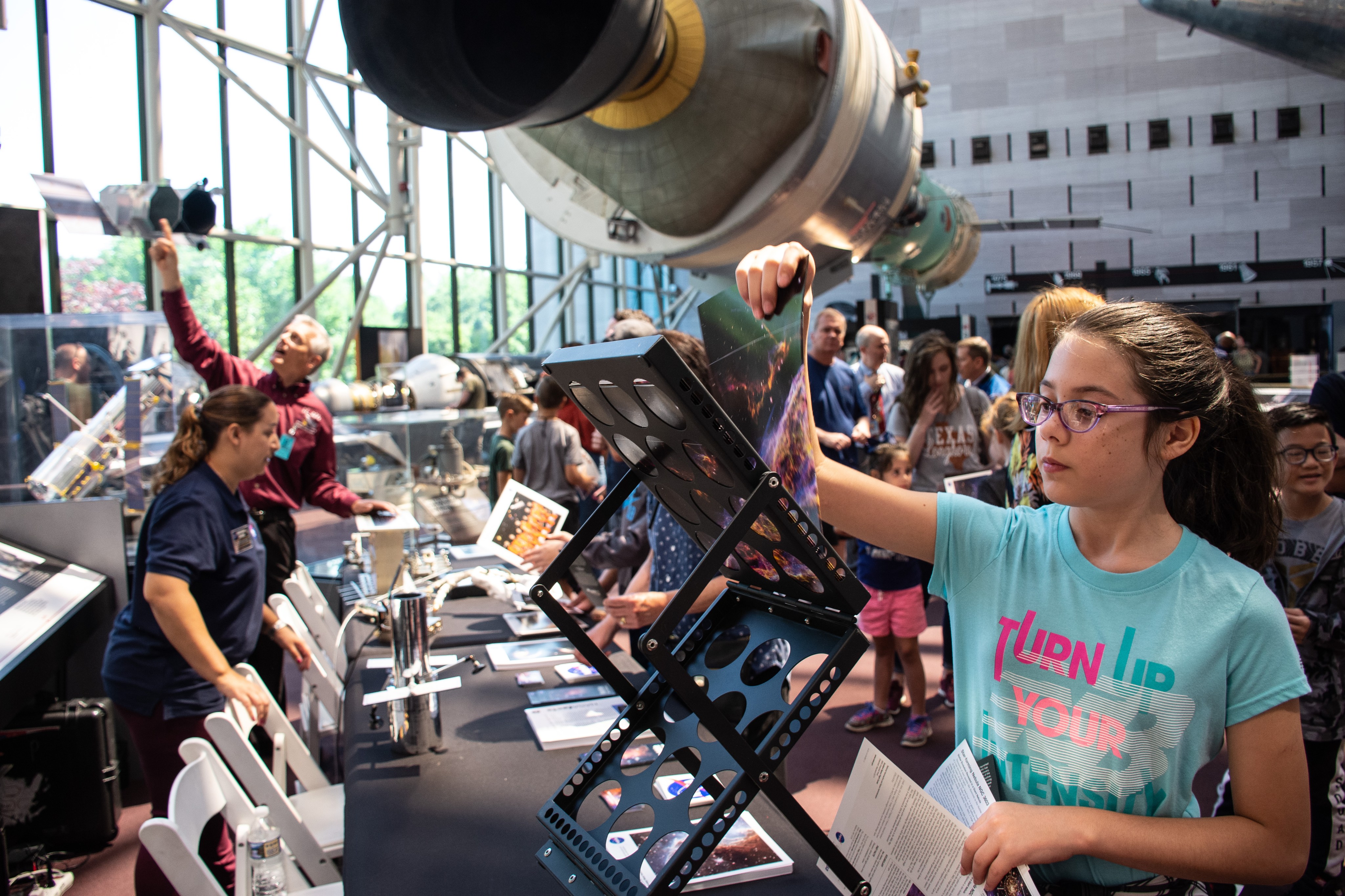
The worldwide support for Hubble demonstrated how deeply people had become invested in the telescope and how far it had come from its shaky beginnings. Today Hubble continues to be an astronomical juggernaut, its cosmic images and discoveries reveled in by both fans of space exploration and casual viewers who come across Hubble images in their daily life. Over three decades since its launch, Hubble has become the icon of humanity's quest to learn about the universe, truly the People's Telescope.


If you’d have told me on that day I’d be sitting here five years later with … a brand new Hubble once again that will probably operate well into the third decade of its life, I wouldn’t have bet you a penny. But Hubble is the great American comeback story, chapter two.
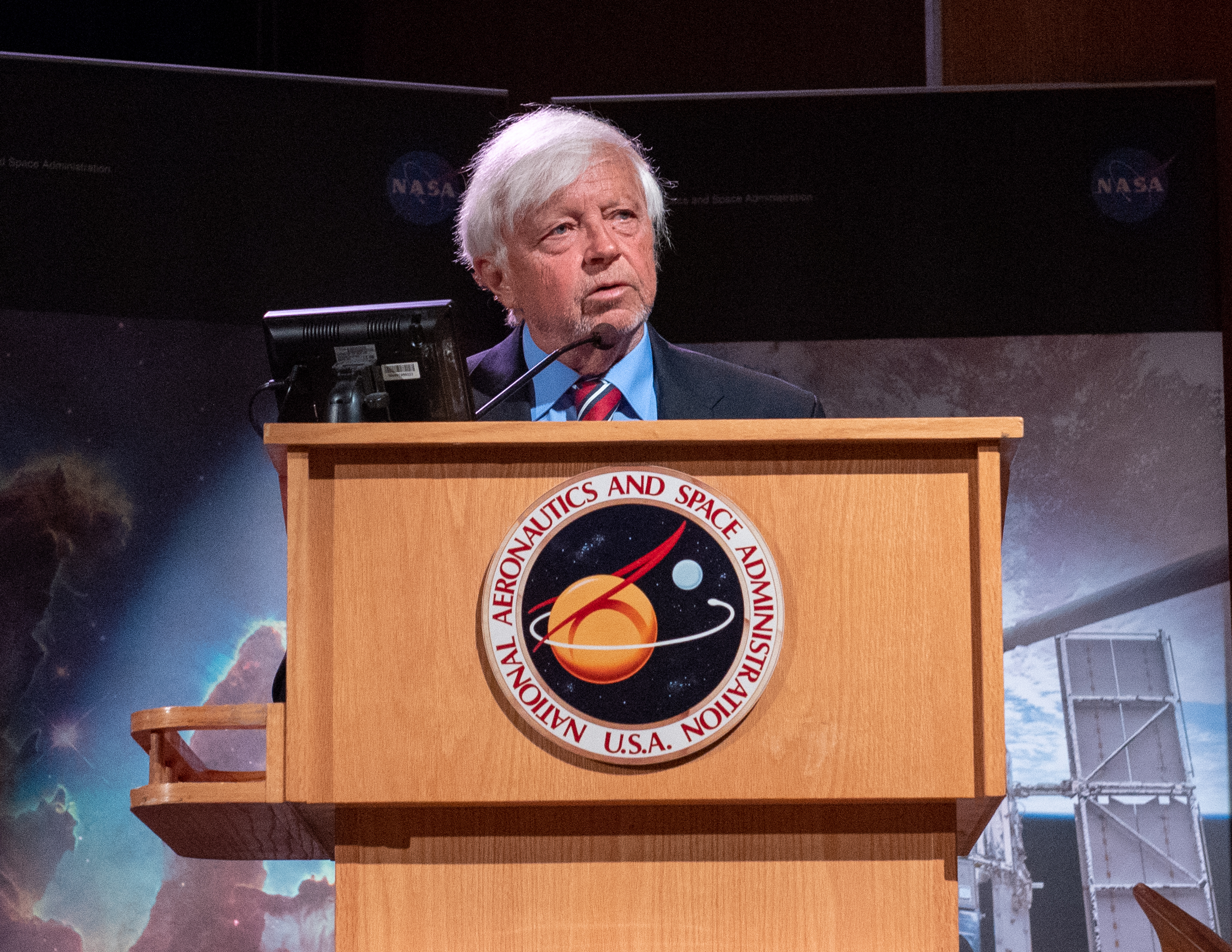
Ed Weiler
Former NASA Associate Administrator for Space Science


